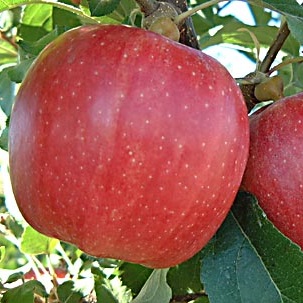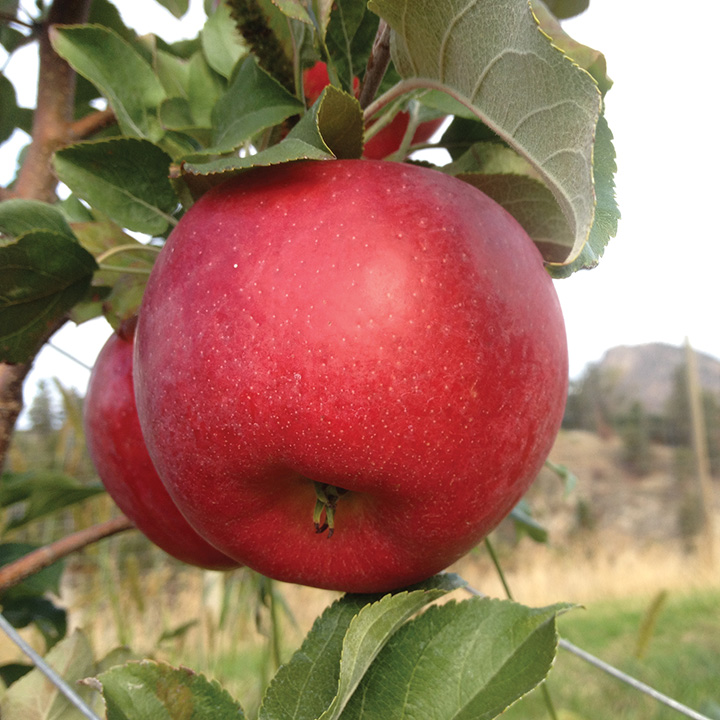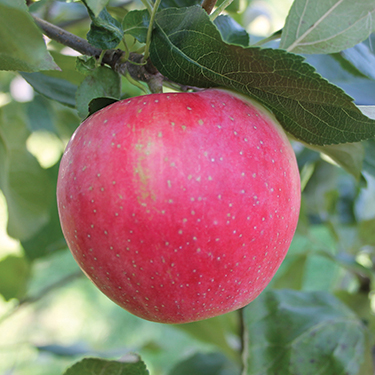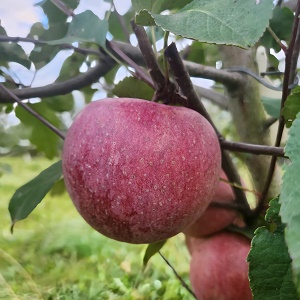Apple : BROOKFIELD® GALA Semi-Dwarf (G969)
$53.95
This well-known New Zealand native is one of the top commercial varieties of today along with Ambrosia and Honeycrisp. Of the big three, Brookfield® Gala is the first to ripen, so there is usually no shortage of shoppers eagerly awaiting it's arrival. The original Gala is a cross of Golden Delicious and Cox Orange Pippen, which handily explains the crowd-pleasing flavour. Brookfield® is simply a Gala selected for it's improved colouring. Since we usually graft some for commercial orchards, we've made them available for you too.
NEEDS A POLLENIZER | ZONE 4/5 | HARVEST: MID SEPT
Only logged in customers who have purchased this product may leave a review.
Growing Tips
Besides selecting the most disease resistant varieties, there are
a few simple things to do to have better apples.
- Fertilize under the outer edges of your trees. There are no feeder roots next to the trunk. A well fed tree stays healthier. (Adequate calcium in the soil also helps so that apples keep longer.)
- Pick up fallen fruit and compost, dispose of, or feed to livestock (where possible).
- Rake up leaves in the fall and compost them away from the orchard.
- Prune trees to encourage light and air to reach the inside of the tree.
- Provide bird nesting sites near your orchard. A variety of orchard companion type plants will attract native pollinator insects and also encourage birds to come and eat insect pests.





Reviews
There are no reviews yet.